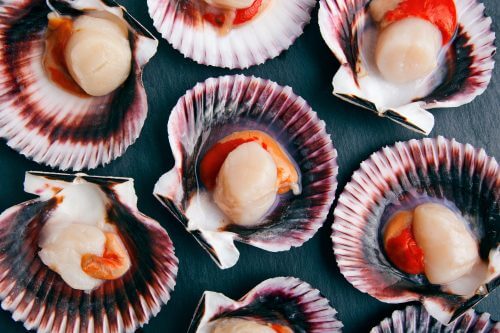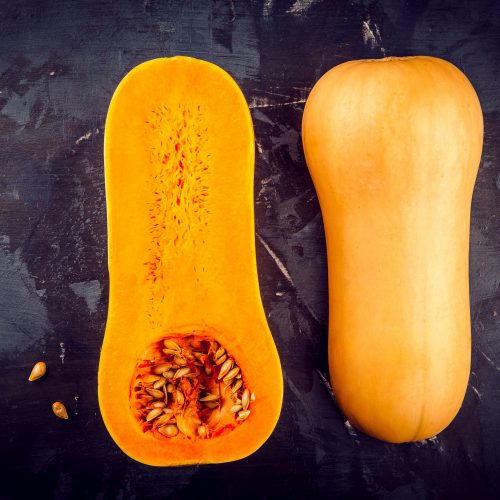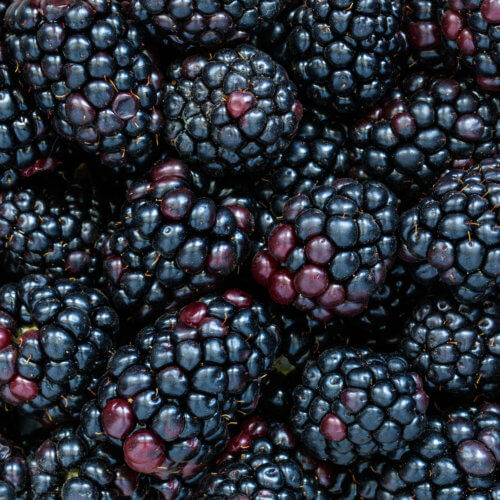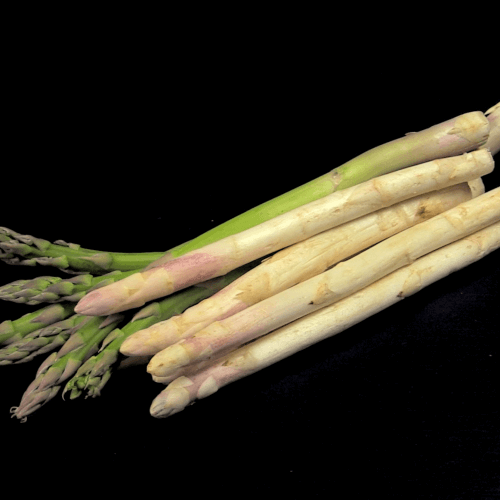December is here and the wether is turning cold, but don’t despair – there is still plenty of fresh and fantastic produce to work with!
This by no means is an exhaustive list, but just a few of our highlights!
Brussel sprouts
These beauties tend to find their way on to the Christmas table, but are too often left untouched. When overcooked, they do loose their appealing bright green colour and tend to smell quite unpleasant. Ideally steam (or boil) them whole for 5-6 minutes, leave to cool, halve or quarter and pan fry for service. You can either cook them simply with butter and salt or get adventurous and fry them with bacon, chestnuts, cranberries and pecans. They can also be shredded finely and added to salads or stir fries for the last minute of cooking.
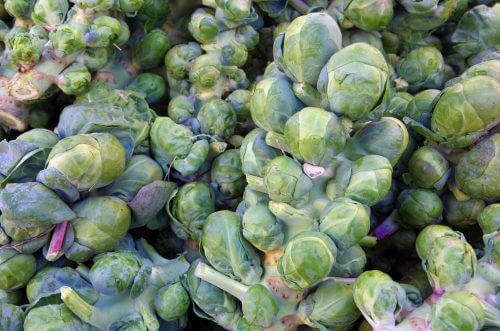
Celeriac
This root vegetable is often overlooked, but is actually wonderfully versatile. You can turn it into a soup (it turns the soup beautifully creamy), puree or mash as a great side dish, cubed and cooked with rice (or spelt) and parmesan for a delicate risotto or even raw in salads and coleslaws.
Chicory
This is a bright and crisp salad leaf. It can be quite bitter, so serve with a honey vinaigrette, braise it in butter or top with crumbled blue cheese, bacon and walnuts to temper the bitterness. At The Devilled Egg, we love it simply as is, finely sliced in salads or as an accompaniment to scallops.
Jerusalem artichoke
This tuber (used as a root vegetable) is again often overlooked. It is quite knobbly and therefore can hold quite a bit of soil, so scrub throughly. You can peel the vegetable for a pale soup or puree, but be aware that the flesh discolours very quickly and so keep in acidulated water (with lemon juice). We tend to keep the peel on for added flavour, texture and for it’s nutritional content. Try boiling whole until completely soft, halve and roast with oil and salt until crispy.
Passionfruit
This is a vine species of passionfruit flower. It is the wonderful seeds coated in the fruit pulp that we like. They are actually quite acidic, so become surprisingly versatile. The flavours work well with dark chocolate, seafood (like this scallop ceviche) or just other fruits in a salad. You can also make the pulp into a sweet curd, add to syllabub or to cheesecake to combat the richness.
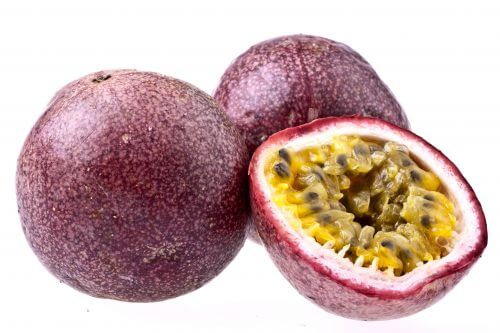
Pomegranate
These days, this fruit is referred to as an antioxidant superfood, but sadly there just is not enough research to confirm this. What we do know, is that fresh fruit and vegetables are packed with vitamins and minerals and so you can’t really go wrong adding to your diet. Processing and pasteurising does damages the nutritional content and so fresh is best! The seeds are sweet, but with a hint of bitterness and pleasant acidity, so again, very versatile. The flavours marry well with sweet desserts, other fruit and chocolate and just brighten up the whole dish. We also like adding them to salads, cous cous or on top of Moroccan tagine or tajine.
Grouse
This gamey bird is very flavoursome and works well with big flavours, like braised red cabbage, Jerusalem artichokes, blackberries and rich wine, madeira or bacon sauces. To cook, simply brown whole in a hot pan and then roast covered with streaky bacon on 200C for about 20 minutes. You are aiming for a pink finish and make sure you rest the bird before carving to give the juices a chance to redistribute. Cooking it whole ensures that you don’t over cook and dry the meat out!
Venison
This is a rich red meat. It is leaner than beef and can be overpowering when over cooked and so medium finish for a steak is as far as we would recommend taking it. The combinations are endless:
With a steak – pumpkin, kale, jerusalem artichoke, bacon, red wine, mushrooms, celeriac, beetroot, fig, dark chocolate, etc.
In a stew – red wine, ale, onion, dark chocolate, mushrooms, turnips, redcurrnats, hardy herbs (thyme, rosemary)
Haddock
Cornish Haddock stocks are high at the moment and so safe to eat. This is a white round fish, with a firm meaty flesh. It works well in fish and chips, stews and soups (as it doesn’t fall into mush), in a kedgeree and is also in the popular dish of cullen skink and the famed omelette Arnold Bennett.
Queen scallops
This is a small species of these edible bivalve molluscs. They are more delicate that their big brother, but equally delicious. They are cheaper to buy than the big ones and so we would recommend splashing out on these a little. Try adding them to seafood linguine, turning them into tempura or just grilling in their shells under hot grill, with garlic and lemon butter. They cook in no time, 2-3 minutes is probably enough.
